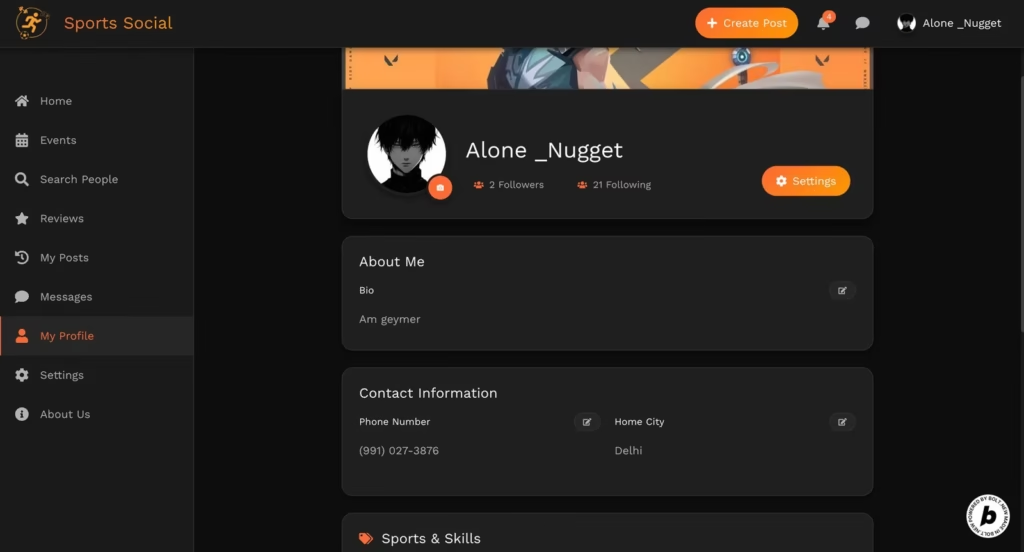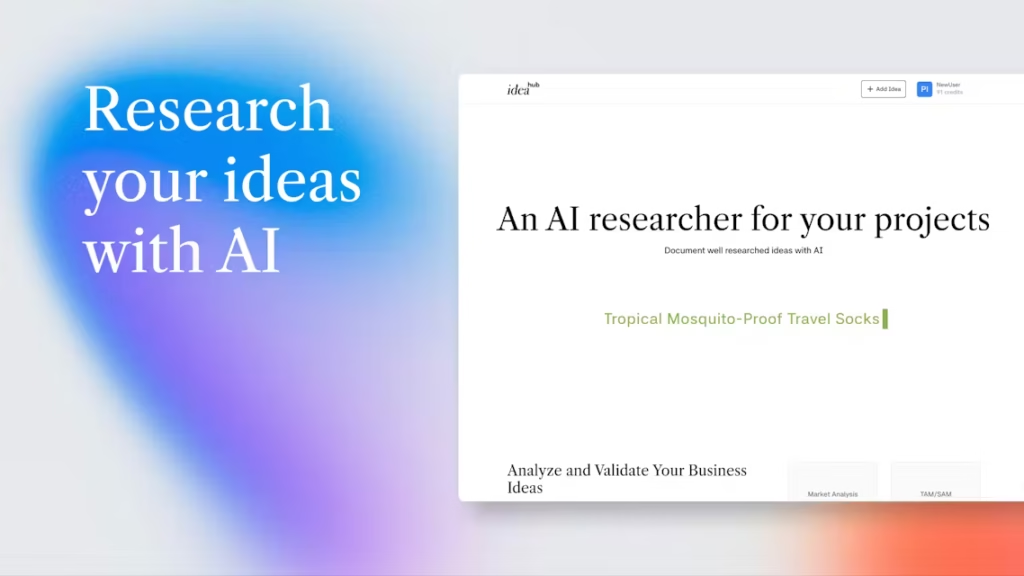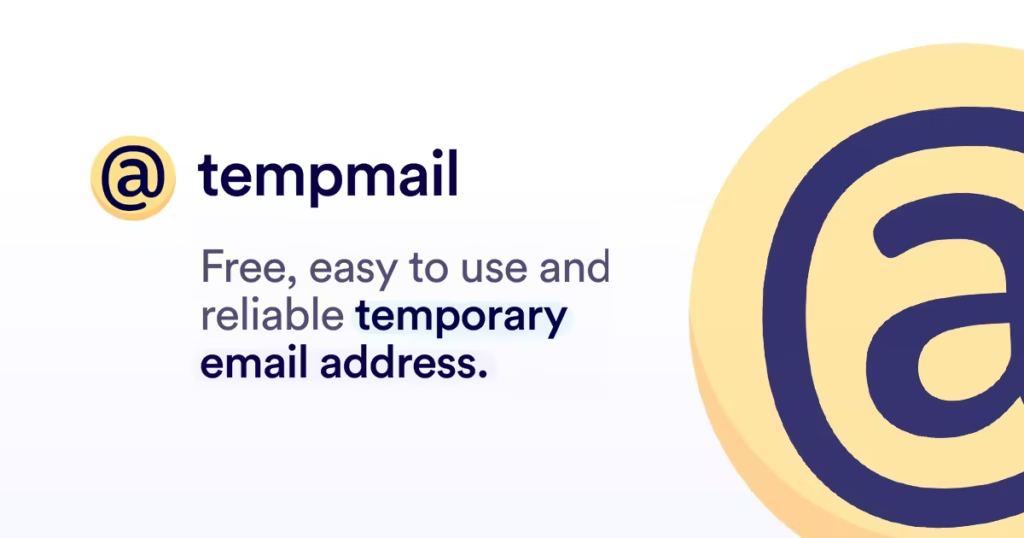Aeneas is a groundbreaking AI tool developed by Google DeepMind aimed at restoring, interpreting, and attributing ancient Latin inscriptions. Combining text and image analysis, it helps historians uncover hidden connections in fragmentary texts with remarkable accuracy. Aeneas accelerates research by automating labor-intensive tasks while preserving scholarly rigor. It’s currently free for academic use, making it a transformative resource for classical studies. Learn more about its development here.
Key Features Analysis
Parallel Search
Aeneas rapidly cross-references thousands of inscriptions, identifying shared names, phrases, and formulas. This feature helps scholars spot patterns missed through manual analysis.
Restoration Capabilities
Using AI, Aeneas fills gaps in damaged texts with high accuracy. It generates plausible reconstructions, setting a new benchmark for automated epigraphy.
Multimodal Analysis
Beyond text, Aeneas processes visual data from inscriptions on stone, papyrus, and coins. This dual approach improves contextual understanding.
Adaptability
Though optimized for Latin, the system can be fine-tuned for other ancient languages, broadening its potential applications. For deeper insights, read Google DeepMind’s blog.
User Feedback Summary
Pros
- Saves time by automating tedious comparisons.
- Uncovers overlooked historical connections (e.g., linking altar inscriptions across regions).
- Free and open-source, democratizing access for researchers.
Cons
- Not a substitute for human expertise—historians must validate results.
- Geographical attribution accuracy (72%) leaves room for improvement.
Experts describe it as a “game-changer” but emphasize collaboration. More reactions here.
Performance Analysis
Accuracy
Aeneas correctly attributes inscriptions to Roman provinces 72% of the time and aids dating through linguistic clues. Its restorations align closely with expert validations.
Speed
Processes thousands of inscriptions in seconds—far faster than manual methods.
Usability
The interactive demo is intuitive, but users need domain knowledge to interpret outputs effectively.
Pricing Analysis
Currently free via Predicting the Past, with no commercial pricing announced. Ideal for academic budgets, though long-term sustainability is unclear.
Frequently Asked Questions (FAQs)
1. Is Aeneas replacing historians?
No. It’s a collaborative tool—experts review and refine its outputs.
2. What languages does Aeneas support?
Primarily Latin, but adaptable to other ancient languages.
3. How accurate are its restorations?
Highly accurate but still requires human verification.
4. Can it date inscriptions precisely?
It estimates periods broadly, not exact years.
5. Is it available to the public?
Yes, via the free demo for research purposes.
6. What’s the geographical attribution accuracy?
72% across 62 Roman provinces.
7. Does it analyze images or just text?
Both—stone, papyrus, and coins are supported.
8. Are datasets open-source?
Yes, encouraging community improvements.
9. Who funded this project?
Developed by Google DeepMind as a non-commercial initiative.
10. How does it compare to traditional methods?
Faster and more scalable, but human expertise remains vital.
Final Verdict
Pros
- Revolutionizes epigraphy with AI-powered analysis.
- Free and accessible to researchers.
- Multimodal approach enhances accuracy.
Cons
- Not fully autonomous—requires expert oversight.
- Geographical attribution could improve.
Ideal for: Historians, archaeologists, and classicists seeking to accelerate research. Aeneas is a must-try tool, though it’s best used as a supplement to traditional methods.



